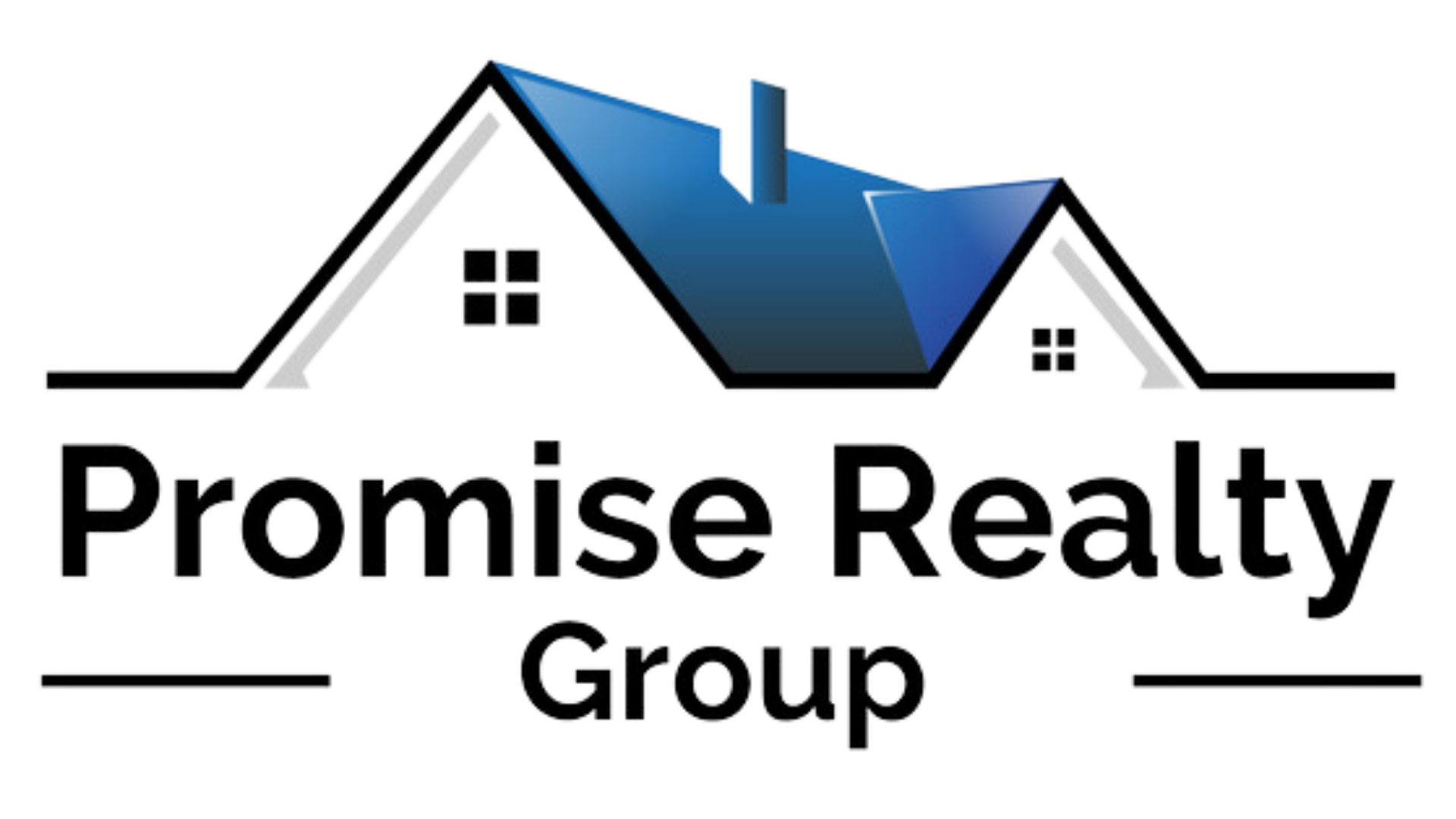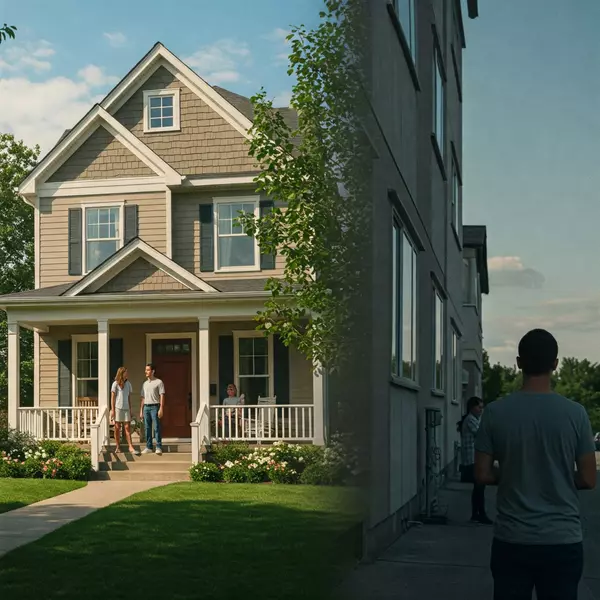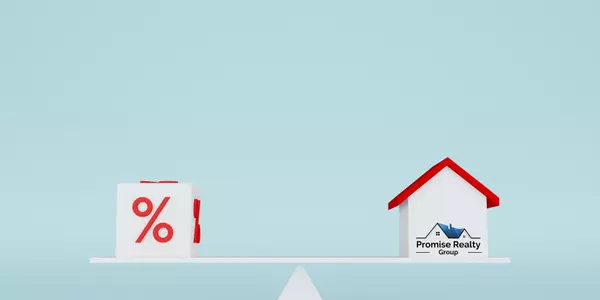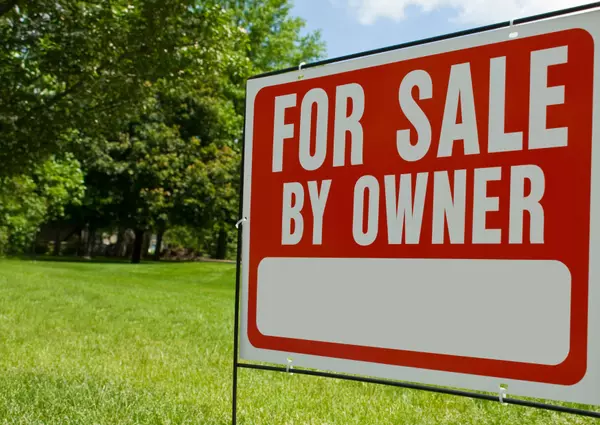Decoding Mortgage Costs: Interest Rate vs. APR (and Buydowns!)
When you're diving into the world of homebuying, you'll encounter a lot of terms that can feel like a foreign language. Two of the most important are "interest rate" and "APR." While they might seem similar, they represent different aspects of your mortgage costs. Let's break them down:
Interest Rate: The Base Cost of Borrowing
The interest rate is the percentage your lender charges you for borrowing the principal amount of your loan. Think of it as the "rent" you pay on the money you've borrowed. This rate is typically expressed as an annual percentage.
- Example: If you have a $200,000 mortgage with a 5% interest rate, you'll pay 5% of the remaining loan balance in interest each year.
The interest rate is a crucial factor in determining your monthly mortgage payment. However, it's not the only cost you'll incur.
APR: The Total Cost of Borrowing
APR stands for Annual Percentage Rate. It's a broader measure that includes the interest rate plus other fees and charges associated with your loan. These fees can include:
- Origination fees
- Discount points
- Private mortgage insurance (PMI)
- Certain closing costs
The APR provides a more accurate picture of the total cost of your mortgage because it spreads these fees over the life of the loan. This makes it easier to compare different loan offers, even if they have different interest rates.
- Key Difference: The interest rate reflects only the cost of borrowing the principal, while the APR reflects the total cost of the loan, including fees.
- Example: A loan with a 5% interest rate might have an APR of 5.3% due to additional fees.
Why APR Matters
When comparing mortgage offers, don't just focus on the interest rate. Pay close attention to the APR. A lower interest rate doesn't necessarily mean a lower overall cost if the APR is higher due to hefty fees.
Buydowns: Lowering Your Interest Rate (Temporarily or Permanently)
A buydown is a way to reduce your interest rate by paying points upfront. Each point typically costs 1% of the loan amount and can lower your interest rate by a fraction of a percentage point. There are two main types of buydowns:
- Temporary Buydowns:
- These buydowns reduce your interest rate for a specific period, usually the first few years of the loan.
- A common example is a "2-1 buydown," where the interest rate is reduced by 2% in the first year and 1% in the second year, before returning to the original rate.
- These are often used to make the initial payments more affordable.
- Permanent Buydowns (Discount Points):
- These buydowns lower your interest rate for the entire life of the loan.
- They can save you a significant amount of money in interest over the long term, but they require a larger upfront payment.
- Example: Paying one point can lower a 5% interest rate to 4.875%
When to Consider a Buydown
- If you plan to stay in the home for a long time, a permanent buydown can be a wise investment.
- If you're expecting your income to increase in the near future, a temporary buydown can make the initial payments more manageable.
- Always calculate the break even point. Divide the cost of the points, by the monthly savings to see how long it will take to recoup your investment.
In Conclusion
Understanding the difference between interest rates and APR is crucial for making informed mortgage decisions. Remember that the APR provides a more comprehensive view of your loan's cost. And buydowns can be a strategic way to lower your interest rate, either temporarily or permanently, depending on your financial goals.
By carefully considering these factors, you can choose a mortgage that fits your budget and long-term financial plans.
Also check out all the local builders currently offering interest rate incentives.
Categories
Recent Posts










